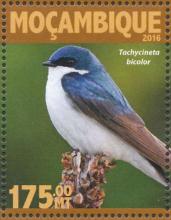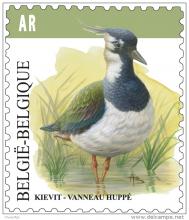Het dode landschap van de rentmeesters van het CDA
Als ik door Nederland fiets, wandel of rijd, word ik verdrietig van de doodsheid van het platteland. Tachtig procent van ons land bestaat uit platgewalste turbograsvlakten of bespoten veevoervelden. De bodem is vergeven van diarree van miljoenen vetgemeste dieren, de akkers van chemische plantenverdelgers. Nu het groeiseizoen begint, zie ik de wintertarwe opkomen, uit het in insecticiden gedrenkte zaaigoed. Allemaal veevoer, maar ook wat we zelf eten is doordrenkt van vergif. Ik zie tractoren rijden, met een meters brede stellage erachter, waaruit tientallen sproeiers hun vergif spuiten.










